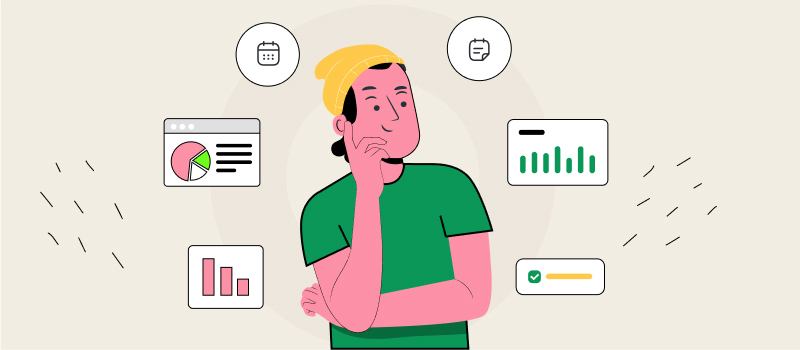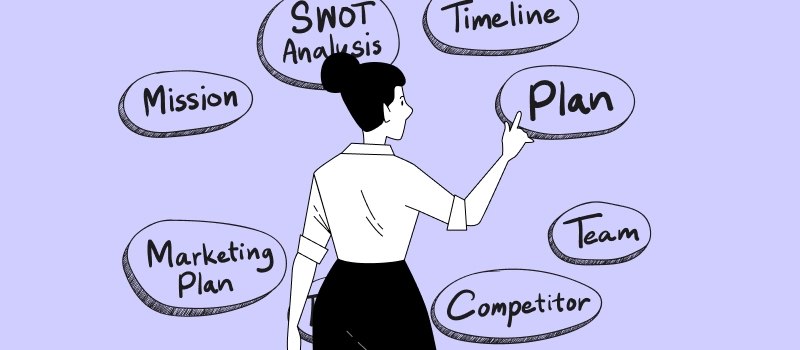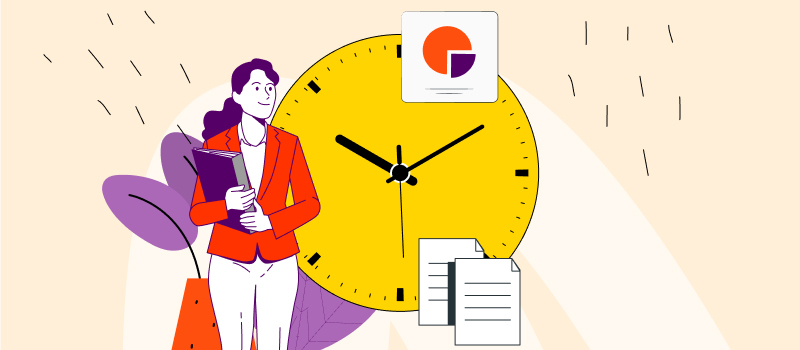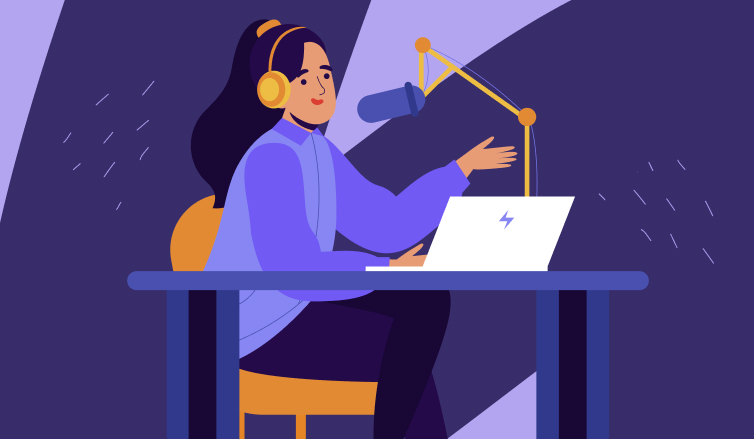
Multitasking is often hailed as a superpower. Many love bragging about handling a million things at once: replying to emails during meetings, whipping up dinner while binge-watching favorite shows, or scrolling through social media while chatting with friends.
But is multitasking really as effective as we believe? Let’s bust some common myths about it and take a closer look at what’s really going on.
Multitasking Unplugged
Multitasking is basically trying to juggle many things at once. Sounds great, right? But here’s the kicker: our brains aren’t really built for that. We’re actually doing “task-switching,” which means we’re just hopping from one thing to another super fast.
The problem is, that when we try to do many things simultaneously, our brains just can’t keep up. A study found that multitasking can actually drop your productivity by 15% or more.
Moreover, constant flipping between tasks can ramp up our stress and lead to burnout, as it’s too easy to feel overwhelmed.
The Pros and Cons of Multitasking
Though for routine or simple tasks, multitasking can save a bit of time, splitting our attention, often leads to low-quality outputs and more frequent mistakes.
For example, listening to a podcast while doing household chores can help effectively utilize time. However, if you try to write a report while constantly checking on social media, you will spend much more time to complete it, as your brain will need time to refocus and regain momentum
Multitasking can still be crucial in certain environments, like customer service or emergency response, but juggling responsibilities always increases stress.
Notorious texting while driving significantly increases the risk of accidents due to decreased focus on the road.
Moreover, studies have shown that multitasking can negatively affect memory retention and hinder our ability to effectively retain information and learn new skills.
So, taking notes during a meeting while browsing the internet may cause you to miss important information or context from the discussion, leading to misunderstandings or lack of engagement.
10 Myths About Multitasking and Productivity
Now, let’s delve into the common myths about multitasking that highlight the common misconceptions that pervade our understanding of productivity and cognitive functioning.
# 1. Myth: Multitasking makes you more productive
Many people believe that handling multiple tasks simultaneously boosts productivity. This idea probably comes from the hustle culture where everyone needs to complete more in less time.
However, studies show that task-switching can decrease overall efficiency. When we divide our attention, we often end up making mistakes and taking longer to complete tasks. The brain isn’t wired for multitasking; it performs best when focused on one task at a time.
# 2. Myth: Women are better at multitasking than men
The stereotype that women are inherently better at multitasking has been perpetuated for years.
While some studies suggest that women may excel in certain multitasking scenarios, overall research indicates no significant gender difference in multitasking abilities. This myth is deeply rooted in traditional gender roles and overlooks individual capabilities.
# 3. Myth: You need to multitask to succeed
Many feel that multitasking is essential for success in modern work environments, where speed is often prioritized over quality.
However, the truth is that focused work yields better results. Emphasizing depth over breadth can lead to higher-quality output and greater satisfaction in one’s work.
# 4. Myth: you can train yourself to multitask well
Some people also believe they can train themselves to multitask effectively. The reality is that the brain is not designed for true multitasking.
Attempting to juggle multiple tasks often leads to decreased performance across the board. Instead of mastering multitasking, individuals should focus on developing prioritization and time management skills.
# 5. Myth: Multitasking helps with time management
It seems logical that handling multiple tasks simultaneously would save time, but science indicate otherwise.
Frequent context switching can actually prolong the time it takes to complete tasks. Effective time management relies more on setting priorities and concentrating on one task at a time.
# Myth 6: Younger generations are better at multitasking
The stereotype that digital natives are naturally adept at multitasking is prevalent in today’s society.
While they may switch tasks quickly due to their exposure to technology, their performance can suffer just like anyone else’s. This myth overlooks our cognitive limitations when juggling too many responsibilities.
# Myth 7: Multitasking enhances creativity
Some argue that juggling various tasks fosters creativity, but the opposite is often true. Focused attention allows for deeper cognitive processing, which is crucial for creative thinking. Engaging fully with one task can lead to more innovative ideas and solutions.
# Myth 8: Multitasking is a sign of intelligence
In competitive environments, the ability to handle multiple tasks is often equated with intelligence or competence. However, effective prioritization and focus are more indicative of true cognitive capabilities. That’s why recognizing that being busy doesn’t necessarily mean being productive or smart is essential.
# Myth 9: Technology makes multitasking easier
Not really… While tech gives us tools to manage multiple tasks, it can also create distractions that hurt our effectiveness.
Notifications from emails, social media, and messaging apps can fragment our attention, making it harder to concentrate on tasks.
# Myth 10: Any task can be multitasked
This myth probably comes from people sharing stories about combining simple tasks without realizing how tough it is with more complicated ones.
Sadly, not all tasks mix well together. Complex activities need your undivided attention, while simpler ones might be easier to combine.
Strategies for Effective Task Management
Now that we’ve debunked some common multitasking myths, here are some strategies to help you manage your tasks more effectively:
1. Prioritize your tasks
Identify your most important tasks and tackle them one at a time.
Method to try: The Eisenhower Matrix
Divide tasks into four categories:
- Urgent and Important: Do these tasks immediately.
- Important but Not Urgent: Schedule these tasks for later.
- Urgent but Not Important: Delegate these tasks if possible.
- Neither Urgent nor Important: Eliminate these tasks from your to-do list.
2. Set time blocks
Time blocking involves scheduling specific blocks of time for different activities throughout your day. This method allows you to allocate focused periods for deep work, meetings, and breaks.
How to Implement It:
- List all the tasks you need to accomplish.
- Determine how long each task will take.
- Block out time in your calendar for each task, including breaks.
3. Limit Distractions
Identify what distracts you — be it phone notifications, social media, or noisy environments—and take steps to minimize these interruptions.
Strategies:
- Turn Off Notifications. Silence your phone and close unnecessary tabs on your computer.
- Set Boundaries. Communicate with colleagues or family members about your focused work periods.
- Designate a Workspace. Create a dedicated area for work that’s free from distractions.
4. Reflect and adjust
At the end of each week or month, take time to reflect on what worked and what didn’t. Consider questions like:
- Did I achieve my goals?
- What distractions hindered my productivity?
- How can I improve my time management strategies?
Based on your reflections, adjust your strategies as needed.
5. Set SMART goals
SMART goals are Specific, Measurable, Achievable, Relevant, and Time-bound. This framework helps you set clear objectives and track your progress effectively.
For example, instead of saying, “I want to be more productive,” set a SMART goal like, “I will complete three major project milestones by the end of the week.”
4. Use the Pomodoro Technique
This time management method involves working in short bursts followed by brief breaks. Typically, you work for 25 minutes (one Pomodoro), then take a 5-minute break. After completing four Pomodoros, take a longer break of 15-30 minutes.
Benefits:
- Short bursts of work help maintain concentration.
- Regular breaks prevent fatigue and keep your energy levels up.
By breaking your work into manageable intervals, you can maintain focus without distractions from multitasking.
Conclusion
While multitasking may seem effective in handling a busy schedule, it’s time to shift to mindful task management.
With the right tool at your disposal, you will reclaim your time and achieve more with less stress, and actiTIME may be the solution you need.
actiTIME offers a practical solution to the complications of multitasking:
- categorize tasks and set priorities.
- identify patterns and areas where you might be wasting time or getting distracted,
- set boundaries between work and personal life,
- and more…
Try actiTIME free today to stay productive – one focused task at a time!












































